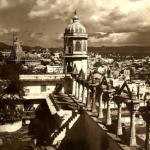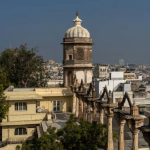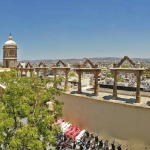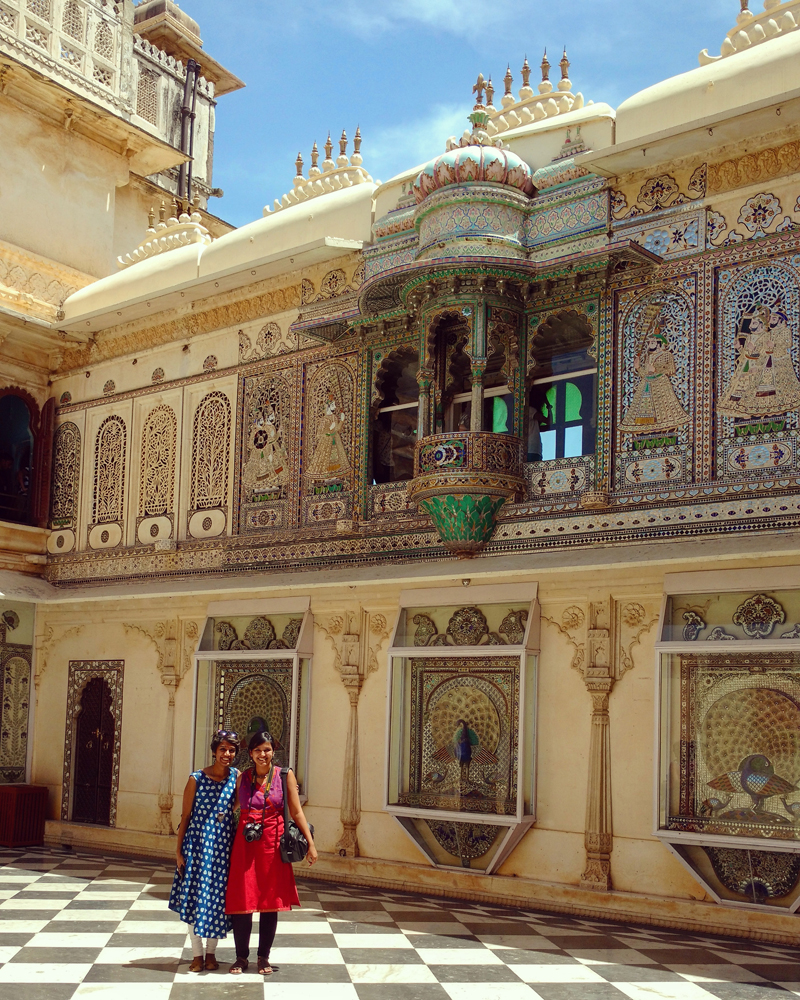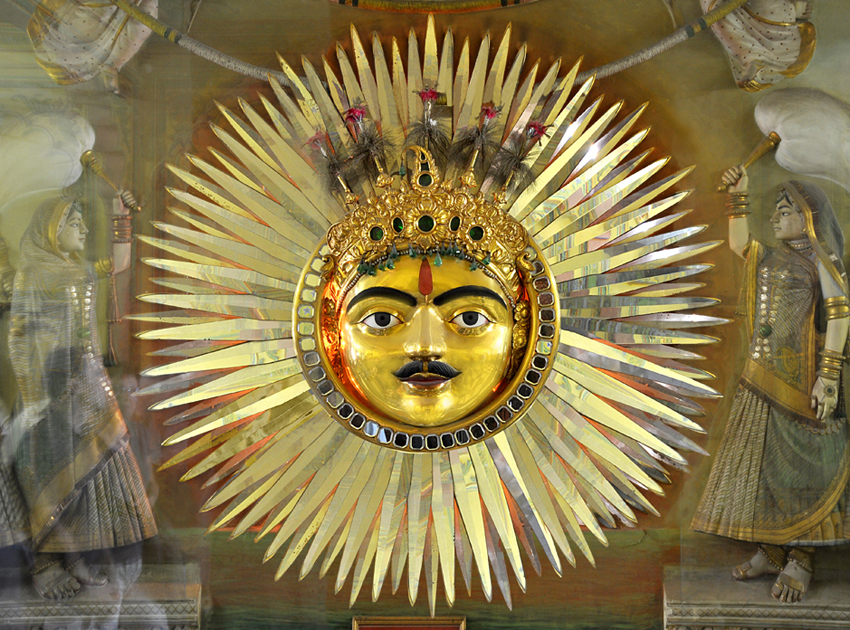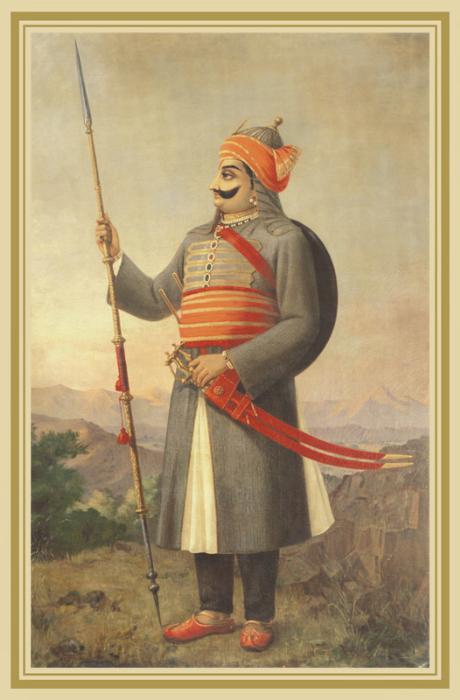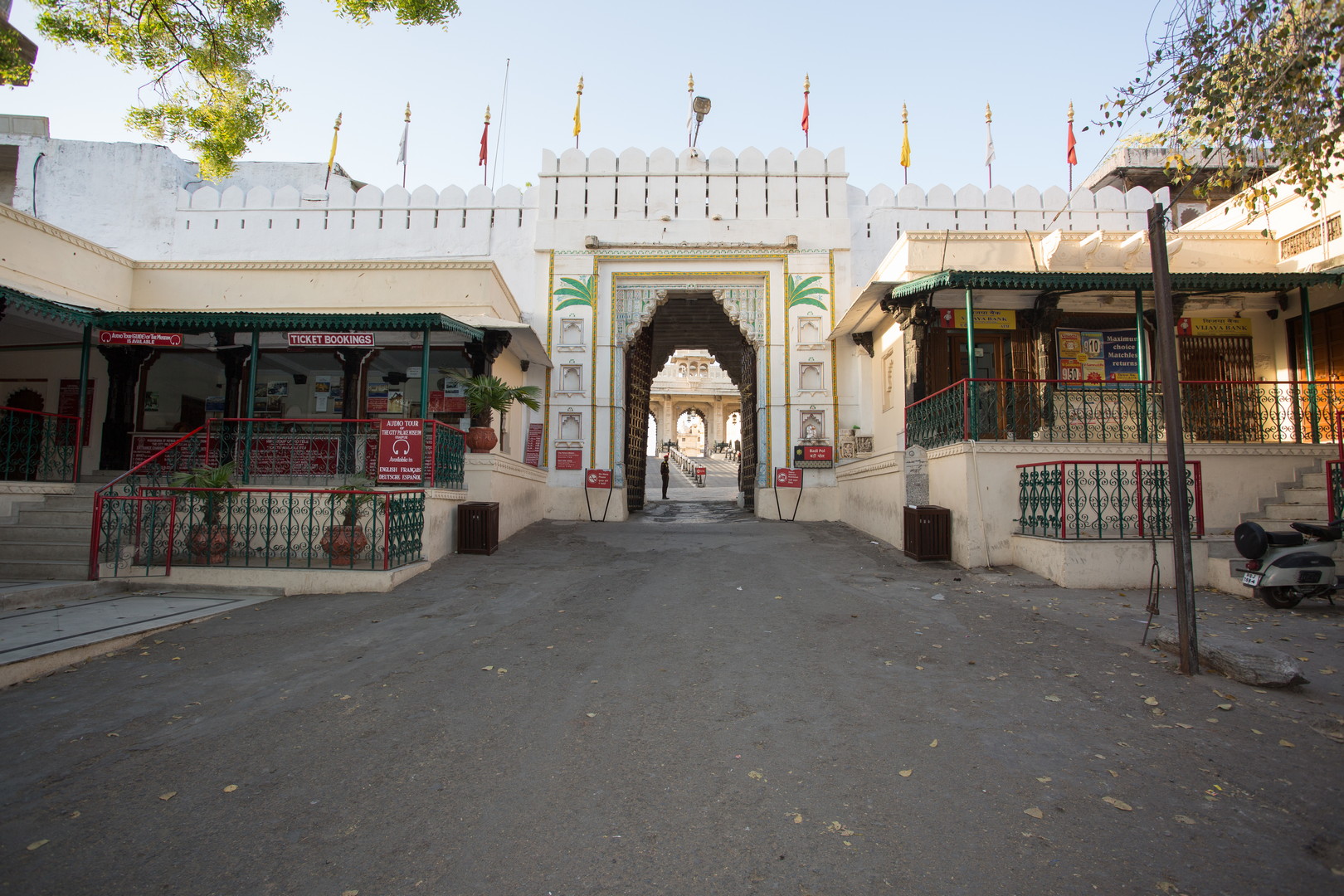
The Torans of Mewar
Posted by Admin on Tuesday, March 3rd, 2020
Built in the reign of Maharana Jagat Singh-I (r. 1628 – 1652 CE), Torans have high historic and symbolic significance as they represent the generous donations made by the rulers of Mewar. The Architectural style is reflective of the political ideology of resistance to Mughal influence by the patron. Torans mark the ceremonial weighing or tula daan of the rulers with Gold, Silver, Grain or Jaggery on important events like visit to pilgrimage, birthday celebrations etc and thereafter for distribution to the poor and to the Brahmins after which the remainder was used to construct or maintain temples and reservoirs throughout the state.
A special Toran was built to commemorate each event of charity or pilgrimage. The Maharana of Mewar Charitable Foundation was created by an act of Dan to ‘honour recognition of works of permanent value rendered to society’.
A series of eight Torans, ornate frames, were built along the eastern wall of the entrance zone between Badi Pol and Tripoliya on the eastern side above Paiga Pol. Maharana Jagat Singh I (r. 1628 – 1652 CE) started the construction of these Torans. A few more Torans were said to be added by Maharana Raj Singh I (r. 1652 – 1680 CE) but these cannot be distinguished in terms of architectural style or materials from the ones constructed under Maharana Jagat Singh I.
Each Toran comprises of two intricately carved temple type stone columns with carved stone brackets and a stone lintel spanning the two columns. Two ornately carved brackets spring from the top of the columns and meet in the center of the span, forming a triangle on top of the lintel, giving the final form to each Toran. The architecture is inspired entirely by Hindu temple architecture.
The ornamented arch of a gateway is known as a Toran. It is a testimony to the successful completion of an act of Dan i.e. philanthropy performed by the Maharanas of Mewar. ‘Dan’ means contribution which is explained in great detail in our ancient scriptures. ‘Dan’ is unconditional. It is given to the deserving and those in need, from legitimately earned wealth, with no regrets and with no intention of achieving fame or expecting favours in return. The Maharanas of Mewar observed the tradition of ‘Dan’ after a successful completion of a pilgrimage or social welfare activities such as building of temples, public service institutions, environmental and ecological works.
Maharana of Mewar Charitable Foundation epitomizes the commitment to ‘pursuit of excellence’. It serves as a ‘temple of inspiration’ for future generations and further continues the model of sustainability that is ‘Eternal Mewar’. A Shivling was placed on top of the Toran to invoke divine blessings. The lighted lamp in the centre symbolizes removal of darkness.
Who made Torans and when was it made?
The eight stone ornamental gates ‘Torans’ were built by Maharana Jagat Singh I (1628-1652 CE) and a few more Torans were said to be added by Maharana Raj Singh I (r. 1652 – 1680 CE).
Why were Torans made?
The Maharanas of Mewar observed the tradition of ‘Dan’ after a successful completion of a pilgrimage or social welfare activities such as building of temples, public service institutions, environmental and ecological works.
Hence Toran was built to commemorate each of these events

